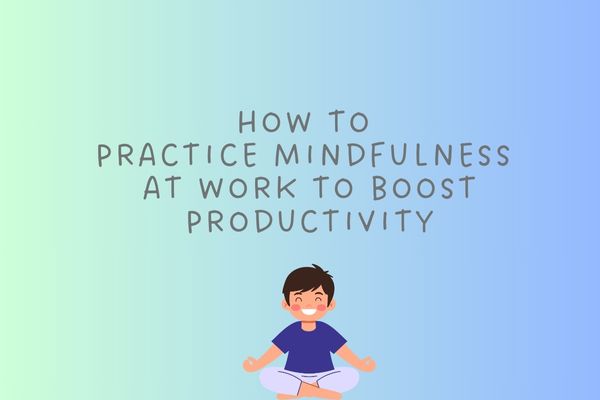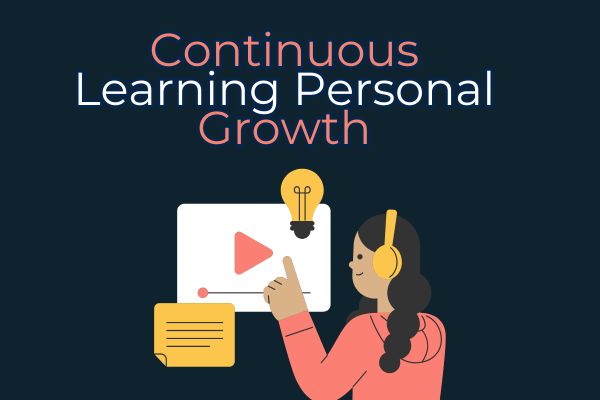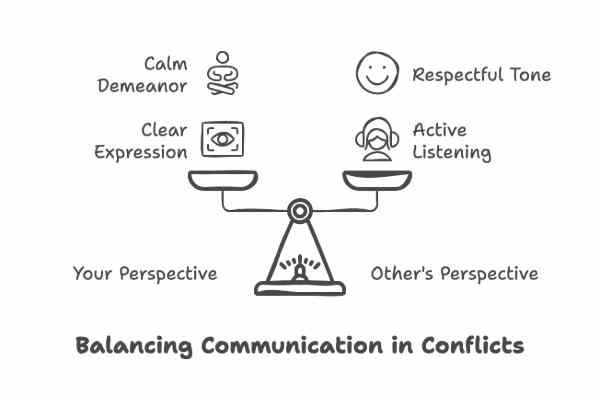Setting healthy boundaries is a cornerstone of maintaining emotional well-being and fostering healthy relationships. Yet, for many, the idea of establishing limits feels uncomfortable, even guilt-inducing. This article explores how to set boundaries effectively without feeling guilty, helping you reclaim your time, energy, and peace of mind.
Why Boundaries Matter
Healthy boundaries define what is acceptable and unacceptable in our interactions with others. They are essential for maintaining respect, mutual understanding, and personal well-being. Boundaries help prevent burnout, promote self-care, and ensure that relationships remain balanced rather than one-sided.
Despite their importance, boundaries are often misunderstood. Many people associate them with selfishness or conflict, believing that saying “no” means rejecting others entirely. In reality, boundaries serve as acts of kindness to ourselves and others, fostering clarity and preventing resentment.
Whether in personal relationships, at work, or even with oneself, boundaries are key to living authentically. They allow us to honor our needs while respecting the needs of others, creating healthier, more harmonious dynamics.
Understanding Guilt in Boundary Setting
Feeling guilty when setting boundaries is common. This guilt often stems from deeply ingrained beliefs about what it means to be “kind” or “good.” Many people are taught that prioritizing others’ needs over their own is virtuous, while asserting personal limits is selfish.
There is a distinction between healthy guilt and unhealthy guilt. Healthy guilt arises when we recognize we may have harmed someone or violated our values. In contrast, unhealthy guilt is rooted in unwarranted feelings of responsibility for others’ reactions or discomfort.
Cultural and societal norms often exacerbate this guilt. In some cultures, self-sacrifice is glorified, particularly for women. Breaking free from these expectations requires redefining what it means to care for others. Establishing boundaries is not about neglecting relationships but nurturing them with honesty and respect.
Also check: The Key to Building Trust in Any Relationship
Steps to Set Boundaries Without Guilt
Reflect on Your Needs
Before setting boundaries, take time to understand your personal values and limits. What drains your energy? Where do you feel taken advantage of or uncomfortable? Reflecting on these questions helps identify where boundaries are necessary. Pay attention to physical and emotional cues, such as stress or resentment, which often signal that a boundary has been crossed. By acknowledging your needs, you pave the way for setting boundaries with confidence.
Communicate Clearly and Assertively
Effective boundary setting hinges on clear communication. Using “I” statements, such as “I need time to recharge after work,” frames your request without blaming or accusing others. Strive for a balance between kindness and firmness. While empathy is important, remember that you are not responsible for managing others’ feelings. Assertive communication shows respect for both yourself and the person you are addressing.
Handle Pushback Gracefully
Not everyone will respond positively to your boundaries, especially if they have benefited from a lack of them in the past. Prepare for potential resistance or guilt-tripping and stay consistent in your message. Practice phrases like, “I understand this is difficult, but this is important to me,” to reinforce your position without escalating tension. With time, others will come to respect your boundaries if you remain firm.
Building Emotional Resilience
Setting boundaries often requires emotional strength to withstand feelings of guilt or discomfort. Self-compassion is a powerful tool in this process. Remind yourself that your needs are valid and deserving of respect.
Accept that setting boundaries may not always please everyone. This discomfort is a natural part of change, but it does not mean you are doing something wrong. Over time, the benefits of establishing limits—such as reduced stress and healthier relationships—will outweigh initial unease.
Celebrate your progress, no matter how small. Each time you successfully set and maintain a boundary, you are affirming your self-worth and reinforcing positive habits.
Examples of Healthy Boundaries
To inspire action, here are examples of boundaries in different areas of life:
- Personal Relationships: “I appreciate your advice, but I need to make this decision on my own.”
- Workplace: “I can’t take on additional tasks right now, but I’d be happy to revisit this later.”
- Self-Care: “I need an hour to myself each evening to unwind.”
Using straightforward language helps communicate boundaries effectively. Tailor these phrases to your situation, and practice them to build confidence.
Empowering Yourself Through Boundaries
Setting boundaries is not an act of rejection or selfishness—it is a form of self-respect and a foundation for healthier connections. By reframing boundaries as a way to nurture yourself and your relationships, you can let go of guilt and embrace their transformative power.
Start small, practicing in low-stakes situations, and build your skills over time. Each step you take will bring you closer to a life of balance, fulfillment, and respect.






